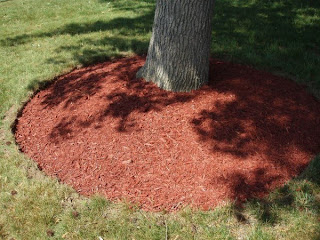
How to Care for Freshwater Aquarium Plants
If you are a beginner aquarist, then you may like to start with some hardy plants that are capable of surviving in more hardy water zones. That way you will negate the chances of making mistakes regarding freshwater aquarium plants care, that might affect the health of your freshwater fish. Here are a few things that you must consider before you select aquarium plants. Along with fish compatibility, you should also make sure that the plants that you are choosing are well taken care of, by providing them enough light, nutrition and water pH levels.
Fish Compatibility
The plants that you are choosing should be compatible with the types of freshwater aquarium fish that you have. Many fish like Oscars, goldfish and silver dollars enjoy uprooting plants and hence, you can put live aquarium plants without much of a difficulty. You need to check with the local aquarist and make sure what kinds of plants are compatible with the types of fish that you have.
Water Hardiness
As we know by now, various types of plants have various water conditions. Hence, it is important to find out the exact required water conditions for the plants that you want to purchase. Along with hardiness, you also need to check whether pH of water is suitable for healthy growth of the plants that you are purchasing.
Lighting Level
Along with the water conditions that are required for your fish, you need to take care of the light conditions that are required for aquarium plants too. Various types of plants need various kinds of lighting levels. Hence, be sure and provide the correct amount of lighting for the plants that you have selected. If you live in a humid and less sunny area then you should choose freshwater low light plants that require less amount of light to thrive.
Substrate Quality
These plants will survive on healthy aquarium substrate and hence, you need to check whether you have selected the right kind of substrate for the plants that you have selected. Along with placing them in the substrate, you can also purchase those special clay planters for aquarium plants. You need to provide the plants with correct nutrients like iron supplements if you are planning to plant them directly in gravel.
Plant Types
Some good plants that you can use for landscaping include, Amazon sword ( amnicus), Argentine sword (argentinensis), hygrophila polysperma, Java fern ( pteropus), umbrella plant (Spathiphyllum wallisii), vallisneria spiralis, hygrophila, anarchis, duckweed, salvinia, bladderwort, riccia, banana plants, water sprite, spath (grown underwater), red arrowhead (Regina Red), cherry hedge, green hedge, mondo grass, red edge, etc. If you are looking for freshwater low light aquarium plants, then you can use, Java moss, anubias, Christmas moss or Amano moss, wolfia, frogbit, giant salvinia, sagittaria dwarf, red cryptocoryne wendtii, green cryptocoryne wendtii, etc.
You need to take all the possible care so that your plants and fish stay healthy and safe in that environment.


